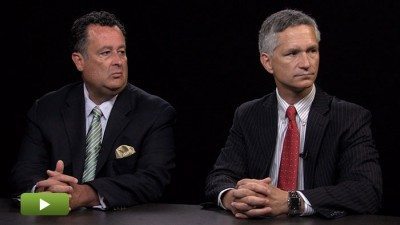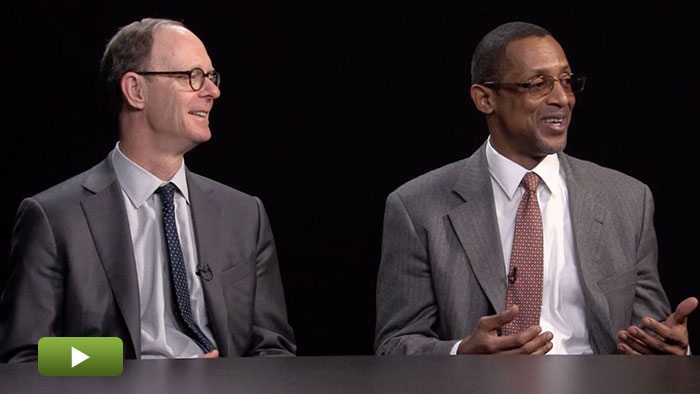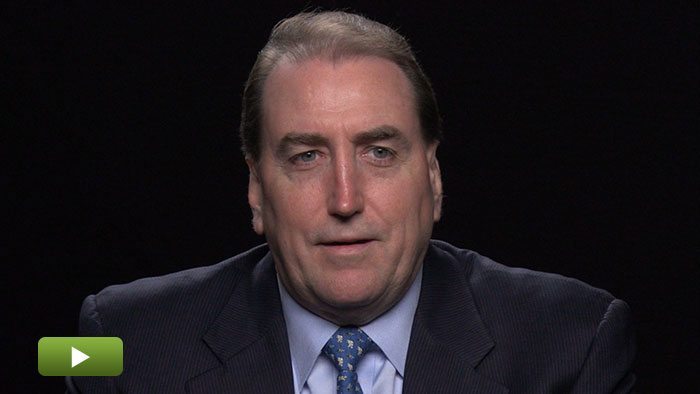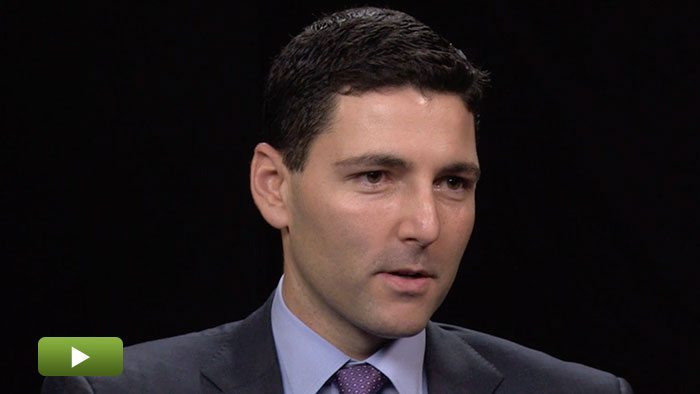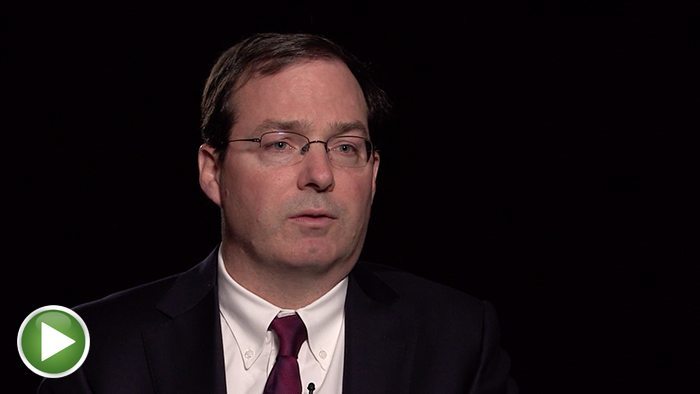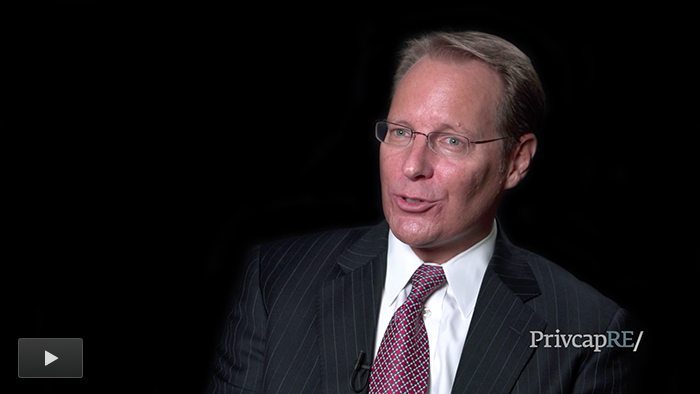Lending, Spreads and “Extreme” Interest Rates
Noted financial services investor Christopher Flowers shares his take on the recent news of the GE Capital divestiture, the state of the lending business, and what he looks for in a strong lending or banking institution.
Transcript Download Transcript
Lending, Spreads and “Extreme” Interest Rates
With J. Christopher Flowers of JC Flowers & Co.
David Snow, Privcap: We’re joined today by Chris Flowers of J.C. Flowers & Company. Chris, welcome to Privcap today. Thanks for being here.
J. Christopher Flowers, JC Flowers & Co.: Thank you for having me, David.
Snow: Let’s talk about what’s going on in the financial services world—that’s your specialty. Maybe we could start with some recent news—the divestiture or intended divestiture of GE Capital from GE. What is your take on that announcement and what do you think it says about the state of the financial services business?
Flowers: I think it makes a lot of sense for GE, number one. Their stock reacted well, which doesn’t surprise me. I think it really is awkward for GE to be that big in financial services at this point in the state of the world, and to be siffy and so forth. So it makes a lot of sense for them. I think it’s also a reflection of some pretty good markets for sellers because GE, of course, is thinking about what kind of proceeds and execution they’ll get on this. And I’m sure they’ll do an excellent job on that. But I also think it’s an opportunity for people in private equity, because a lot of the stuff will find a home in banks. But a lot of it doesn’t really fit in banks and the stuff that does fit in banks might fit in one of our banks. So we see this as quite an interesting development.
Snow: Are the forces at play behind GE’s decision at play at other institutions as well? Do you expect more spinout type deals like this?
Flowers: Yes and no. I mean, GE’s unique in terms of its size and the scale and the combination of a first-class industrial company with a first-class financial services business to that degree. But yes, a big part of our business all the time, including now, is big companies—GE, but also financial institutions, repositioning, changing, etc. And there’s a lot of that going on for both economic and regulatory reasons.
Snow: Let’s talk about the lending business. There’s a sentiment out there that going forward, lending is simply going to be a less profitable business than it has been in the past for a variety of reasons. Do you think that’s the case? What about lending remains attractive to you as an investor?
Flowers: There’s a lot of factors going on in whether lending is an interesting business these days. One, of course, is interest rates. I don’t have to explain to anybody that interest rates are very, very low, which arguably makes this is a tougher business. The other is credit spreads. Credit spreads, of course, have come in dramatically. All of that, though, is part of the business cycle for a long time, although maybe interest rates are more extreme than ever before.
Part of it is the capital composition that has to support those lending businesses and, of course, certain kinds of lending now require more capital, which makes the return on equity lower. That’s one of the things going on with General Electric. One anecdote I had already heard—and I think now has been in the papers as well, which illustrates the amazing state of the markets right now—is that in some cases in Europe where lenders have gotten mortgages that track interest rates called tracker mortgages, they’ve gone negative where a mortgage lender is sending payments to the borrower. That’s a new one. That’s one I’d never seen before, where you borrow money and they pay you to sit around in your house.
Snow: That doesn’t sound like a very profitable business.
Flowers: No. Well, I guess if you’re borrowing money at negative interest rates, maybe it’s okay. But I don’t think so. I don’t think that’s very good business.
Snow: What do you look for in a strong lending or banking institution that would attract your investment dollars?
Flowers: Nothing that would surprise people very much. There is a number of components: one is on the liability side, which is, of course, very important—better reliabilities that are sticky or less vulnerable to credit conditions or changes in interest rates. For example, deposit franchises generally are a bit stickier than wholesale–funded operations. That’s one thing, so that helps support a good lending business.
On the lending side, of course, ideally there are good franchises that are assisting in achieving decent spreads. So a good bank will have a local franchise or franchises in certain parts of the market and maybe different types of lending. And that will enable them to make a reasonable spread.
Snow: Final question: in today’s market, would you say it’s better to be a buyer or a seller?
Flowers: I think it’s a bit of both. We’ve done quite a bit of both recently and certainly in some parts of the market, there are good buyers or the stock market’s very cooperative. But there are other places where we see a lot of opportunity. So it’s really a mixed bag. And part of our job, of course, is to figure out where we should be selling and where we should be buying.
For example, there are parts of the market in the U.S. that have interesting growth prospects and that are underserved because of regulatory developments where banks or other intermediaries had to pull back. For example, Europe still has challenges, which presents good opportunities to be on the acquisition side, for example. But, on the other hand, we saw how GE just sold an enormous pile of real estate loans with relative ease. So it depends on which part of the market you’re in.
Snow: What comes top to mind as an underserved market in the U.S.?
Flowers: For example, there are segments of the retail market—residential and unsecured consumer borrowing—where banks and other lenders have really pulled back. So there are a variety of different aspects of that which offer good opportunities, we think.


